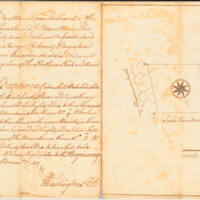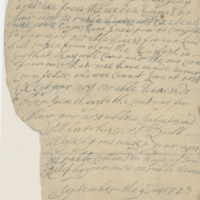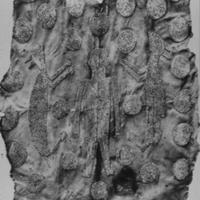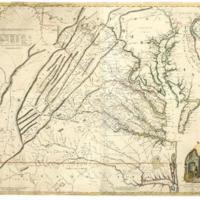Colonization and Settlement
1607-1763

Government structure and political life had distinct characteristics in New England, the Mid-Atlantic, and the South as they groped their way toward mature political institutions. Economics were affected by geographic location and the local natural resources, adding to regional differences, and sometimes, divisions. Religion and politics were often influenced by the European nation who colonized the area – French, Spanish, Dutch, or English. Religion was a defining characteristic of some colonies, as opposed to the economic reasons for which others were established. Ideas of religious freedom, denominationalism, and the Great Awakening all impacted daily life.
Learn more in the National U.S. History Content Standards.
Recently added items
Petition of the Meherrin to the Governor, 1723
Indigenous Virginians and the English colonists conceived landownership in different ways. Tribal members did not "own" land individually, but lived in small communities and hunted, planted, and gathered food or other materials in the larger…
Paramount Chief Powhatan Presents Deer-Skin Mantle to Captain Christopher Newport, Photograph, date unknown
This photograph shows a deerskin mantle that was believed to have been presented by Paramount Chief Powhatan (whose given name was Wahunsonacock) to Captain Christopher Newport of the Virginia Company in 1608. The mantle is embroidered with shells…
Portrait of Thomas West, Baron De la Warr
Thomas West (1576–1618), the twelfth Baron De La Warr, was appointed by King James I in 1606 to be part of the royal council that oversaw the Virginia Company of London. He monitored the situation in the Virginia colony from England and may have…
Joshua Fry and Peter Jefferson, A Map of the Most Inhabited Part of Virginia, 1755
The Fry- Jefferson map was first published in 1753. It was, at the time, the most comprehensive map of 18th Century Virginia. Joshua Fry and Peter Jefferson were two of the most successful surveyors in the Virginia Colony. They collaborated and…




